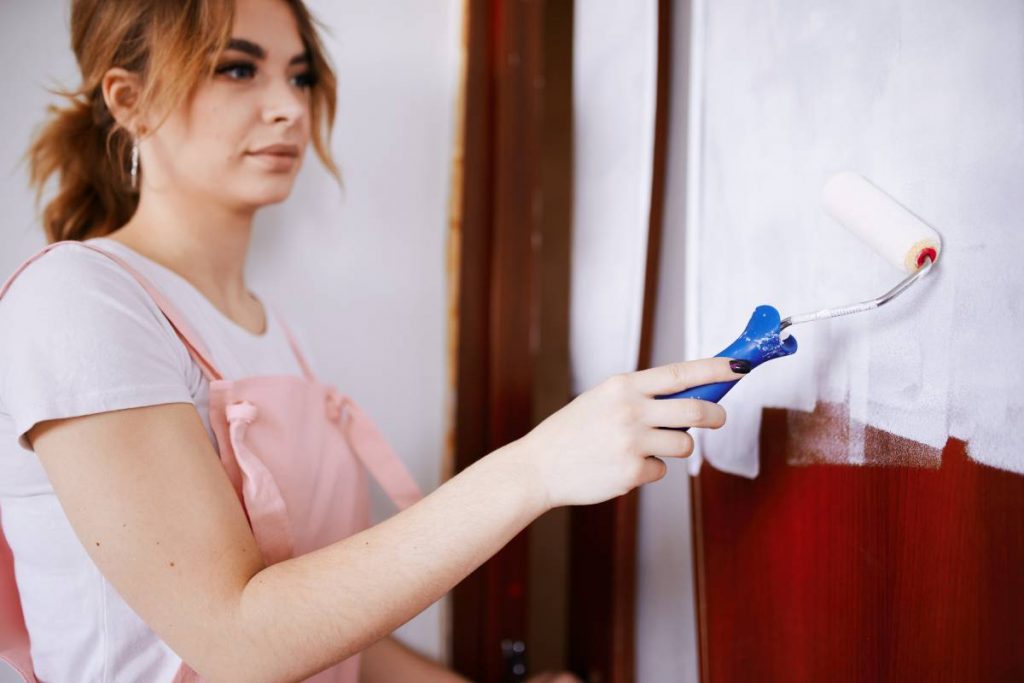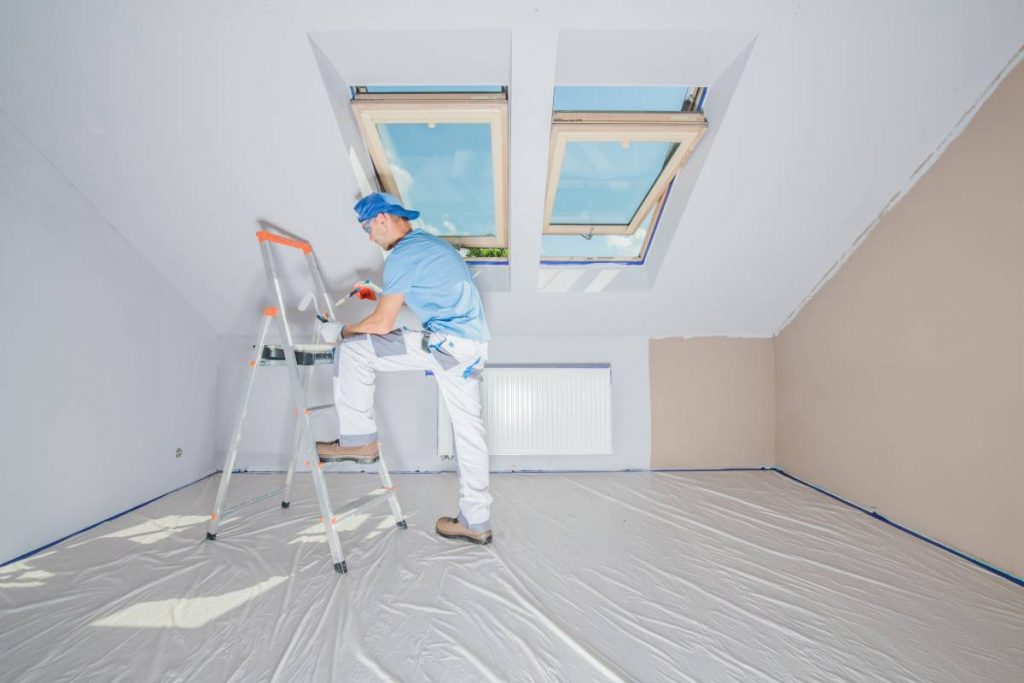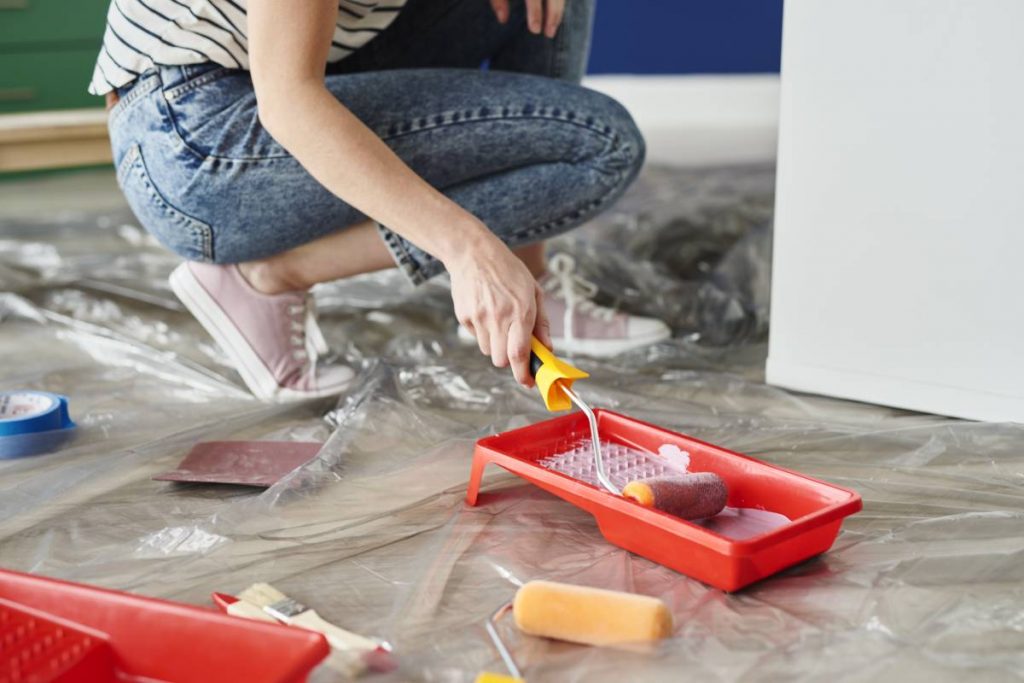Repainting your house is not just about giving it a fresh look; it’s a crucial part of maintaining your property’s integrity and protection against the elements.
As we delve into the considerations surrounding how often to repaint, the factors influencing the lifespan of a repaint, and the practicality of painting over old paint, you’ll gain valuable insights to make informed decisions about your home’s exterior.
Let’s explore these topics to ensure your next painting project not only enhances your home’s aesthetics but also stands the test of time.
How often should I repaint my house?
Repainting your house is an essential aspect of home maintenance, contributing not only to aesthetic appeal but also to the protection of your property from weather elements. The frequency with which you should repaint your house depends on various factors, including the type of exterior surfaces, local climate conditions, and the quality of the previous paint job.
Let’s break down these factors to help you determine the optimal timeframe for repainting.

- Surface Material: The type of material used for your home’s exterior plays a crucial role in determining how often you should repaint. Wood siding, for instance, generally requires more frequent repainting compared to materials like vinyl or brick. Wood is prone to weathering, and its natural properties make it more susceptible to peeling and fading.
- Climate Conditions: The climate in your area significantly influences the durability of your home’s exterior paint. Regions with extreme weather conditions, such as intense sunlight, heavy rain, or harsh winters, may necessitate more frequent repainting. Exposure to these elements can cause the paint to deteriorate faster, leading to a diminished protective barrier for your home.
- Quality of Previous Paint Job: The longevity of your paint job is also influenced by the quality of the materials used and the thoroughness of the application. If the previous paint job was executed with high-quality paint and proper preparation, it may last longer, reducing the frequency of necessary repainting. Conversely, a poorly executed paint job may require more frequent touch-ups.
- Visual Inspection: A simple visual inspection can be a valuable indicator of when it’s time to repaint. Look for signs of peeling, cracking, or fading on your home’s exterior. If you notice these issues, it’s a clear indication that the protective barrier is compromised, and repainting is in order. Regular visual checks can help you catch potential problems early on.
- Maintenance Schedule: Establishing a routine maintenance schedule can prevent the need for more extensive and costly repairs down the line. Regular cleaning, removing dirt and mildew, and addressing small paint issues promptly can contribute to the longevity of your paint job.
So, how often should you repaint?
As a general guideline, many experts recommend repainting the exterior of your house every 5-10 years. However, it’s crucial to consider the aforementioned factors for a more accurate assessment. If your home is located in an area with harsh weather conditions or if the previous paint job was of lower quality, more frequent repainting may be necessary.
In addition, the place where it regularly contacts with chemical substances such as chlorine, expert advice to repaint your swimming pool every 2-8 years. For more information about swimming pool painting, you can look up here.
How long does a repaint last?
The longevity of a repaint job on your house depends on several factors, and understanding these can help you plan and budget for maintenance effectively.
Here, we’ll break down the key elements that influence how long a repaint lasts.
Quality of Paint
The type and quality of paint you choose significantly impact how long your repaint will endure. High-quality paints with better ingredients and durability tend to last longer. Investing in premium paints might seem costlier initially, but it pays off in the long run by requiring less frequent repainting.
Surface Preparation
Proper surface preparation is a crucial step in the painting process. Surfaces need to be cleaned, primed, and, if necessary, repaired before applying paint. Adequate preparation ensures better adhesion and longevity of the paint job. Cutting corners on preparation may result in premature paint failure.

Environmental Factors
The environment in which your house is situated plays a vital role in the lifespan of a repaint. Exposure to extreme weather conditions, such as intense sunlight, heavy rainfall, or severe temperature fluctuations, can accelerate paint deterioration. Houses in areas prone to harsh weather may need more frequent repainting compared to those in milder climates.
Maintenance Practices
Regular maintenance can significantly extend the life of your repaint. Simple tasks like cleaning the exterior, addressing small paint issues promptly, and conducting routine inspections can prevent minor problems from becoming major ones. Neglecting maintenance can lead to premature wear and necessitate more frequent repainting.
Type of Surface
Different surfaces have varied paint requirements. Wood, for instance, may need more frequent repainting due to its susceptibility to weathering, while materials like vinyl or aluminium may require less frequent attention. Understanding the specific needs of your home’s exterior surfaces can help you plan for repainting accordingly.
Colour Selection
Believe it or not, the colour of your paint can impact its longevity. Darker colours tend to absorb more heat, potentially causing the paint to break down faster. Lighter colours, on the other hand, may reflect heat more effectively, contributing to a longer-lasting paint job.
So, how long does a repaint last?
On average, a well-executed repaint job can last anywhere from 5 to 15 years. However, it’s essential to consider the factors mentioned above. If you used high-quality paint, prepared the surfaces meticulously, and lived in a mild climate, you might lean towards the longer end of the spectrum. Conversely, factors like harsh weather, inadequate preparation, or lower-quality paint can reduce the lifespan of your repaint.
While there’s no one-size-fits-all answer to how long a repaint lasts, understanding the contributing factors allows you to make informed decisions. Regular maintenance, using quality paint, and considering the specific needs of your home can all contribute to a longer-lasting and aesthetically pleasing exterior. Keep an eye on the signs of wear and tear, and when the time comes, plan for a new paint job to keep your home looking its best.
Can I just paint over old paint?
Certainly! Painting over old paint is a common practice, but there are some important considerations to keep in mind for a successful and lasting result.
Let’s explore the ins and outs of painting over old paint in an easy-to-understand manner.
1. Surface Preparation: Before diving into a new paint job, it’s crucial to prepare the existing surface properly. This involves cleaning the surface to remove dirt, dust, and any loose or flaking paint. If there are cracks or holes, patching and smoothing them out will ensure a uniform finish. Adequate preparation sets the stage for the new paint to adhere effectively.
2. Quality of Existing Paint: The condition of the existing paint is a key factor. If the old paint is in good shape, adhering well to the surface without issues like peeling or cracking, you can often paint over it successfully. However, if the old paint is severely damaged or incompatible with the new paint, it’s advisable to remove it before applying a fresh coat.

3. Primer Usage: In some cases, using a primer before applying the new paint is recommended. A primer helps create a smooth and stable surface, enhancing adhesion and promoting the longevity of the paint job. If you’re uncertain about the compatibility of the old and new paint, or if there are significant colour differences, using a primer is a wise step.
4. Type of Paint: The type of paint you choose matters. Latex or acrylic paints are generally more forgiving and can adhere well to various surfaces, including old paint. If you’re switching from oil-based to water-based paint or vice versa, it’s advisable to use a bonding primer to ensure proper adhesion.
5. Colour Considerations: If you’re changing the colour significantly, using a primer can help achieve a more accurate and vibrant result. Dark colours may require multiple coats, and a primer can assist in achieving the desired hue. Lighter colours may be more forgiving and might require fewer coats.
6. Inspection and Testing: Before painting over old paint, take the time to inspect the surface thoroughly. Look for any signs of damage, such as peeling or bubbling. Testing a small, inconspicuous area with the new paint can help you assess adhesion and compatibility before committing to the entire project.
7. Maintenance and Longevity: While painting over old paint is a viable option, proper maintenance is key to ensuring the longevity of the new paint job. Regular cleaning and prompt addressing of any issues can prevent premature wear and extend the life of the paint.
Conclusion
In the colourful world of home maintenance, understanding the nuances of repainting is a brushstroke towards a well-preserved and visually appealing abode. From the frequency of repainting dictated by surface materials and climate conditions to the nuanced factors influencing the lifespan of your paint, we’ve explored the key elements.
Additionally, the practicality of painting over old paint has been demystified, emphasizing the importance of preparation and quality choices. Armed with this knowledge, you’re better equipped to approach your next painting endeavour with confidence, ensuring your home remains a vibrant and well-protected haven for years to come.
